Introduction:
Blazor, with its ability to build interactive web applications using C# and .NET, offers developers a powerful framework for crafting modern web solutions. However, the integration of Blazor with other technologies can unlock new possibilities, enriching the development experience and expanding the capabilities of your applications. In this article, we’ll explore various ways to integrate Blazor with different technologies, creating a harmonious ecosystem for web development.
Integrating Blazor with JavaScript Libraries:
JavaScript Interoperability:
- Leverage Blazor’s JavaScript Interoperability to seamlessly integrate with existing JavaScript libraries.
- Bridge the gap between Blazor components and popular JavaScript frameworks like jQuery, Chart.js, or D3.js.
JavaScript Interop Events:
- Facilitate communication between Blazor and JavaScript by handling events across both environments.
- Capture and react to JavaScript events within your Blazor components for a unified user experience.
Integrating Blazor with ASP.NET Core:
Shared Server-Side Code:
- Share server-side code between Blazor and traditional ASP.NET Core applications.
- Reuse business logic, models, and services to maintain consistency across different parts of your web solution.
Razor Pages Integration:
- Integrate Blazor components seamlessly with Razor Pages in ASP.NET Core applications.
- Combine the strengths of both technologies to create dynamic and interactive user interfaces alongside traditional web pages.
Integrating Blazor with Web APIs:
RESTful API Integration:
- Connect Blazor applications with RESTful APIs to fetch and send data.
- Utilize the HttpClient service in Blazor to communicate with web services and enhance the overall functionality of your applications.
GraphQL Integration:
- Explore integration with GraphQL for more efficient data fetching in Blazor applications.
- Leverage GraphQL to request only the data needed by your components, optimizing performance and reducing unnecessary data transfers.
Integrating Blazor with Authentication Providers:
OAuth Integration:
- Implement OAuth authentication to secure Blazor applications and allow users to log in with their existing credentials.
- Connect Blazor with popular authentication providers such as Google, Facebook, or Microsoft.
IdentityServer Integration:
- Integrate Blazor applications with IdentityServer for a robust and customizable authentication and authorization solution.
- Ensure secure access control and user management within your Blazor web ecosystem.
Integrating Blazor with Cloud Services:
Azure Integration:
- Explore seamless integration with Microsoft Azure services to enhance scalability and performance.
- Leverage Azure SignalR Service for real-time communication or Azure Functions for serverless computing in Blazor applications.
AWS or Google Cloud Integration:
- Extend integration capabilities by connecting Blazor applications with cloud services from AWS or Google Cloud.
- Leverage cloud-based storage, databases, and other services to enhance the functionality of your Blazor applications.
Conclusion:
The versatility of Blazor shines when integrated with various technologies, providing developers with the flexibility to create robust and feature-rich web applications. By seamlessly blending Blazor with JavaScript libraries, ASP.NET Core, web APIs, authentication providers, and cloud services, developers can unlock new possibilities and deliver innovative solutions. As you embark on your journey of integrating Blazor with other technologies, explore the vast landscape of possibilities to create a web ecosystem that meets the unique needs of your projects.


